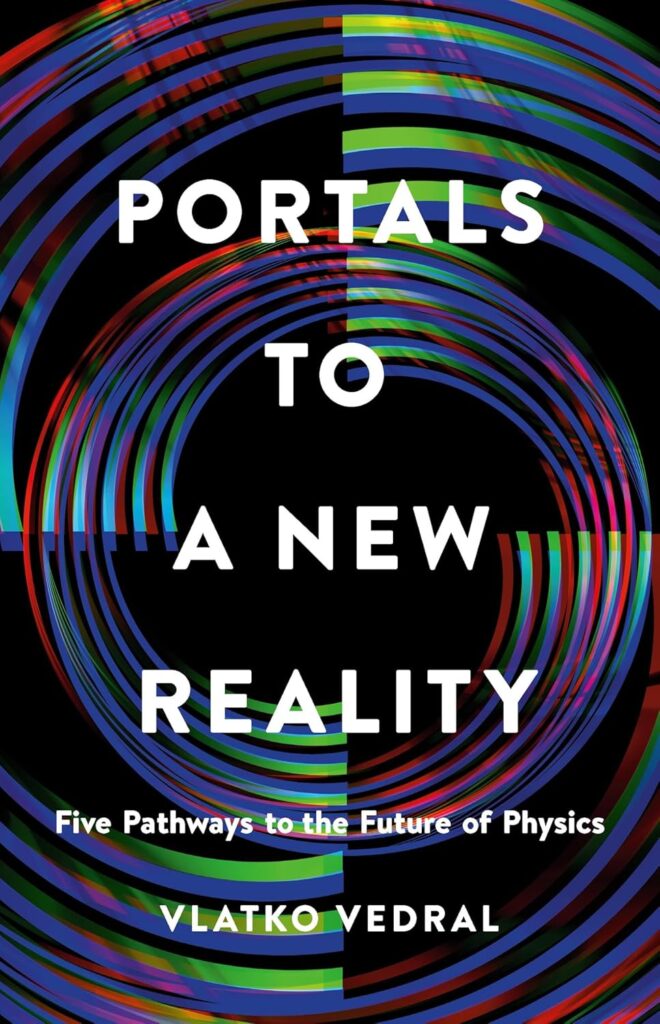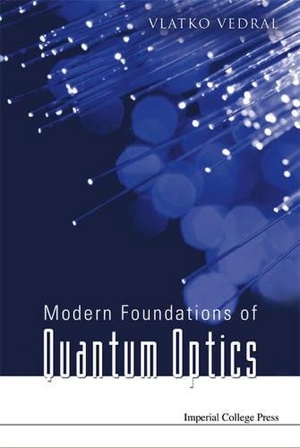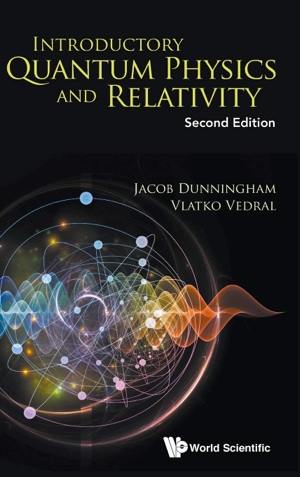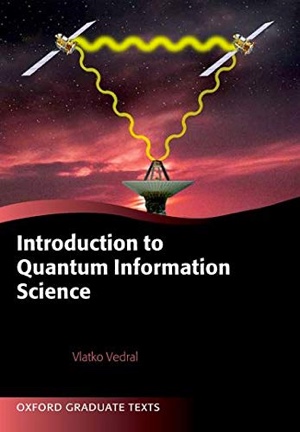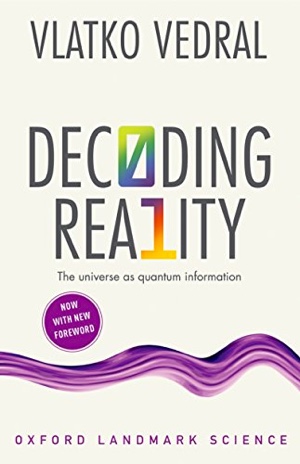The World Exists Only When No One is Looking
I am frequently asked questions related to the interpretation of quantum physics, the meaning of quantum reality and the nature of observers and measurements. Phrases such as “spooky action at a distance”,”God does not play dice”, “complementarity”,”collapse of the wavefunction”, “macroscopic objectivity” and many many more are almost invariably present in such a discourse. A person who is not acquainted with quantum physics is bound to be greatly confused by most of this jargon. Even (especially?) many experts frequently utter things that seem completely nonsensical, especially when engaged in attempts to elaborate on the meaning of quantum physics.
One particular misconception that is ever-present is captured by the statement that quantum physics suggests that “the moon is not there when nobody looks”. This is a riff on the old musings of Bishop Berkeley who asked whether a tree falling in the forest makes a sound if there is no one there to hear it. Berkeley was an idealist and his position was that the reality was all in the observer’s head. You will sometimes hear that measurements in quantum physics create reality, a position that seems akin to the Berkeley’s listener in the forest who “creates” the sound by observing a falling tree. Pascual Jordan, one of the founders of quantum physics, was the first to say something along those lines. While this rather confusing description may contain some grain of truth (read below), I would here like to give a simple account of what actually is going on. All we need to assume is that quantum physics applies to everything in the Universe.
This leads me to the title, which is the opposite of Berkeley’s dictum. It suggests that the world is only there when no one is observing. Yes, I am exaggerating a bit, mainly for artistic purposes. But this view is closer to the quantum reality than what Berkeley says. What one should really acknowledge is that the `full’ quantum reality cannot be grasped through observations. Observations only reveal some aspects of reality, one bit at a time.
Quantum physics, contrary to what is usually said, does not deny the existence of the position and velocity of a given particles. They do exist, and they do so simultaneously. But they are not mere numbers. They are matrices (i.e. tables with lots of numbers). Heisenberg was the first person to grasp this and it lead him to his famous Uncertainty Principle. The principle says that when you measure the position of a particles you can only extract one number from the corresponding matrix (Dirac called these objects quantum or q numbers to discriminate them from the real, classical, or c numbers).
This is why Jordan maintained that measurements “create” reality, since when we measure we obtain a real number.
But to fully appreciate what is going on when we measure something, we need Schrödinger (or von Neumann, or Mott or Everett, or DeWitt or Deutsch — many people have thought this way after him). He introduced the concept of entanglement. What happens when something is measured is that the matrices representing the property being measured (say position of a particles) become entangled with the matrices pertaining to the measurer (which could be any other physical object, such as an atom, a computer, or indeed an experimental physicist).
So, take me as the measurer (or observer, call it what you want). One matrix, representing some property of my memory becomes entangled (quantum correlated) with the matrix representing the position of the particle. To each real number in the matrix of the position of the particle there corresponds exactly one number in the matrix of my memory. Just like in the Schrödinger cat thought experiment: the position of the cat is “up” (it is alive) or “down” on the ground (it is dead). These are the two relevant real numbers from the matrix representing the state of the cat. The state up is correlated with one state of my memory and the state down with another one. That’s it.
It should be added that the creation of these correlations during a measurement is a smooth, continuous process governed by the Schrödinger equation (or whatever else is appropriate to characterize the dynamics). There are no (abrupt) quantum jumps. The correlations established during a measurement process and the way they are established is no different in principle to how two atoms become entangled when they scatter off of each other (all nice, gradual and continuous in time). This is how quantum theory leads to a beautiful unifying picture of all processes in the universe, and does away with the need for the observer/observed dichotomy.
To summarise, all quantum properties exist at all times and everywhere. There is, for instance, a matrix describing the electric field at every point in space evolving and changing in time. Everywhere in the universe, independently of “who’s looking”. The same goes for all the other fields (everything is ultimately some kind of a field in quantum physics, which just means a q number given at each point in space and at every instance in time). The consequence of the fact that the electric and the magnetic fields are q numbers (and not just c numbers as Maxwell had thought) implies that, when we measure them, they obey (more or less) the same uncertainty principle as the position and the momentum.
I am worried, however, that even the readers who accept this view of reality, and I hope I have convinced you that this is what quantum physics tell us, will still say: “but why is it like that?”. As always in physics, the ultimate answer is that that’s the way it is. This is the currently best way we are able to explain all the experiments we have performed so far. No other account has ever been good enough to explain all observations to date.
Could it be that in the future q numbers won’t be sufficient to account for our observations? I sincerely hope so, for it would be boring otherwise. But my guess is we won’t be returning to c numbers at any point. We might need some new, call them x numbers of z numbers, which are even weirder than the q numbers. Who knows? Only time will tell…
Sign up to my substack
BOOKS
ASK ME ANYTHING!
If you'd like to ask me a question or discuss my research then please get in touch.
